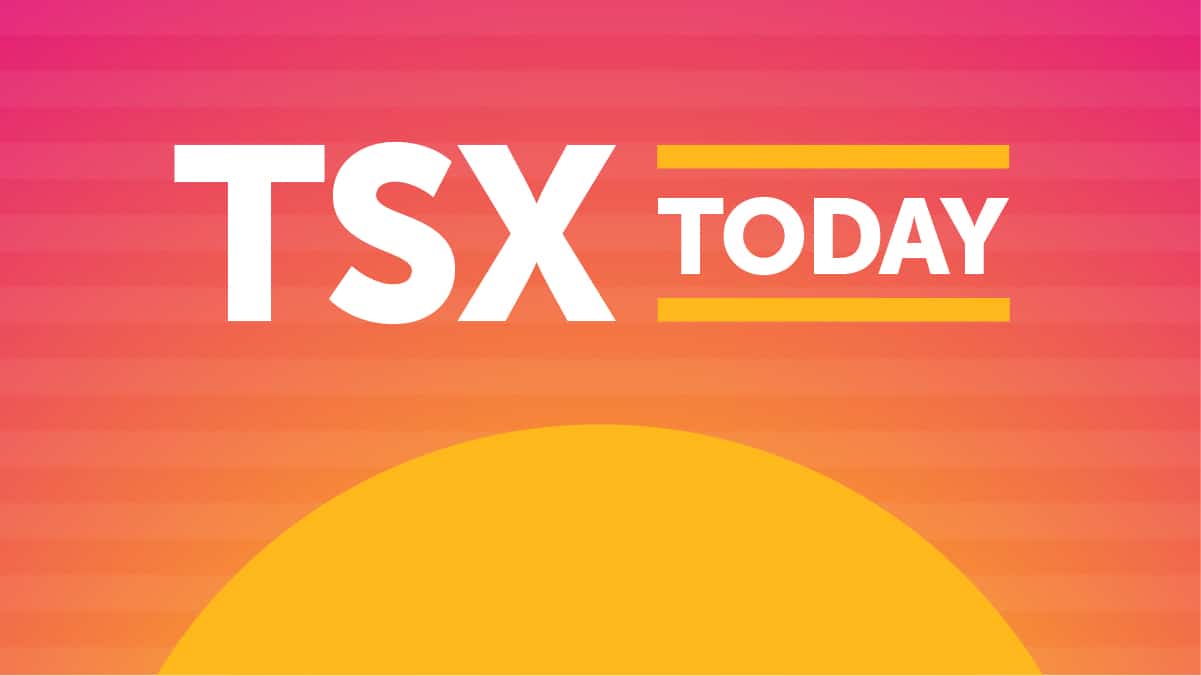The S&P/TSX Composite Index dropped 165 points on Thursday, September 15. This was the second day of the week that saw the TSX Index suffer a triple-digit decline. Today, I want to look at some of the developments that investors should look out for on the Toronto Stock Exchange (TSX) in the second half of September. Let’s jump in.
Major turbulence in North American markets: Will it continue?
North American indexes were broadly hit by volatility over this week. Indeed, the Dow plummeted 1,200 points on Tuesday, September 13. That represented its largest single-day decline since June 2020, when the market was faced with the beginnings of a generational global pandemic. The S&P 500 and NASDAQ also suffered sharp losses this past Tuesday.
United States markets responded negatively to a Consumer Price Index (CPI) report. Inflation did cool slightly in the previous month but remained near a four-decade high. This came as a disappointment, as markets and businesses are being squeezed during this rate-tightening cycle. Stubbornly high inflation means that this cycle will not temper anytime soon.
Royal Bank is the largest stock on the TSX by market cap. TD Bank, which is the country’s second-largest bank, is also the runner-up on the TSX. Both bank stocks are up week over week at the time of this writing. Canadians should still look to snatch up top bank stocks that offer nice value in this struggling market.
Energy stocks are reeling in the late summer
Energy stocks had a red-hot start to 2022. Oil and gas prices soared in response to an economy that was enjoying more activity, as Canada and other nations took steps to fully reopen. More importantly, the oil and gas industry were also significantly impacted by geopolitical crises. Chief among them was Russia’s launch of a full-scale invasion of its neighbour, Ukraine. Western European powers are heavily reliant on Russian oil and gas, particularly the latter. Concerns about supply triggered a spike in oil and gas prices in the late winter and early spring of this year.
The Russia-Ukraine war has continued to rage on, but OPEC and others have responded to flood the market with more supply. Meanwhile, the odds of a global recession have climbed in recent months. A recession would likely have a significantly negative impact on oil, gas, and other commodity prices.
Imperial Oil (TSX:IMO)(NYSE:IMO) is a Calgary-based company that is engaged in the exploration, production, and sale of crude oil and natural gas. This top energy stock fell 2.3% week over week as of close on September 15. However, the stock is still up 73% in the year over year period. Imperial Oil still offers a quarterly dividend of $0.34 per share, representing a tasty 6.6% yield.
Rate tightening to continue: Housing stocks are suffering
Back in August, some reports indicated that the Bank of Canada (BoC) may look to ease up on its rate-tightening path starting in September. Unfortunately, that seems like wishful thinking after yet another sharp rate hike to kick off this month. Indeed, the high inflation rate has some experts predicting that the BoC may move to hike interest rates above 4%.
The Canadian housing sector has been hit hard by this dramatic shift in monetary policy. That has been reflected in housing stocks. Home Capital, a top alternative lender, has seen its stock plunged 28% in 2022 as of close on September 15. Housing will eventually bounce back, but the situation will remain grim in the face of this radical rate-tightening path.
 Act Fast: 75 Only!
Act Fast: 75 Only!







